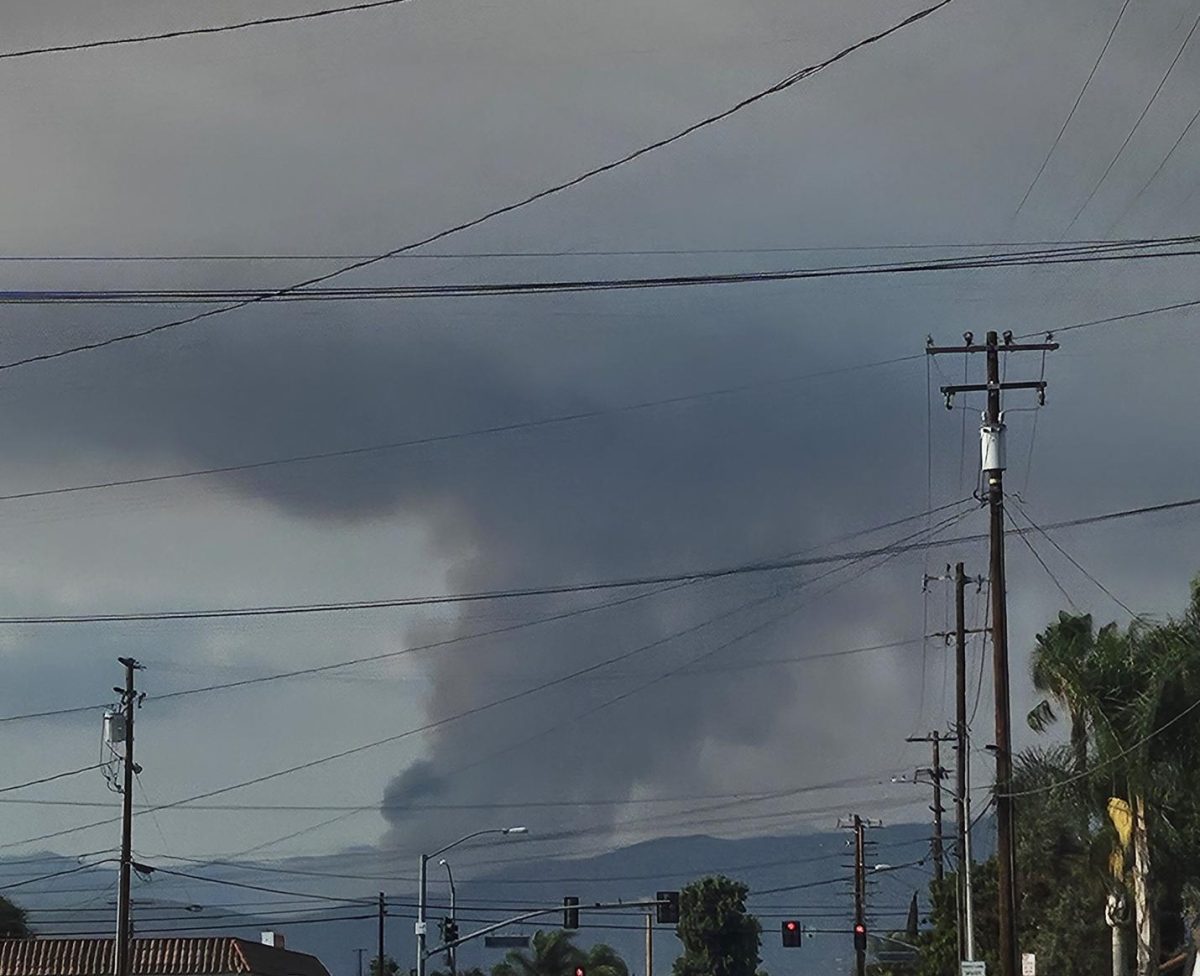As of September 9th, 2024 there have been over 6,000 wildfires in California with over 997,923 acres of land burned according to the CAL FIRE website, fire.ca.gov. With wildfire season upon us in California it’s important to take in the precautions necessary to prevent wildfires such as the ones we’ve been experiencing come last week. Wildfire smoke is extremely dangerous to inhale as it’s made up of hazardous waste pollutants that make it difficult to breathe without risking major health issues involving the lungs, heart, brain, nervous system, skin, kidneys, etc. With the information provided by the World Health Organization we have been able to conclude that wildfire smoke contains pollutants like PM2.5, NO2, Ozone, aromatic hydrocarbons, and lead which are known to cause severe neurological problems and even affecting brain development in young children who live in wildfire prone areas.
Here in Chino we’re surrounded by wildfires with the Bridge fire to the east in the Angeles National Forest, the Line fire to our south east in the San Bernardino National Forest, and the Airport fire to our southwest in Orange and Riverside. Authorities have recommended those in the affected areas to either stay inside or wear a mask. Those who have asthma in prevalent smoke areas have noted that they’ve needed to wear masks and take frequent breaks when outside. Chino resident Threasa Cruz had stated that she noticed a significant decline in her health and that the weather irritated her breathing. T. Cruz also acknowledged that her chest had been a little tight and claims that she suffers from frequent asthma flare-ups.
Not only does the pollution from wildfires affect us but also the environment as it weakens the ozone layer that protects us from the sun. Based on a study done by Susan Solomon, a professor of Environmental Studies at MIT as well as MIT research scientists Kane Stone along featuring others from the institute for Environmental and climate research in Guangzhou, China, Colorado State University, the U.S. National Oceanic and Atmospheric Administration, and the U.S. National Center for Atmospheric Research. It was found that based on a chemical reaction involving chlorine containing compounds could react with fire aerosols which then produces chlorine monoxide, known for burning holes in the ozone layer as reported by MIT News’ article titled “Smoke particles from wildfires can erode the ozone layer.







